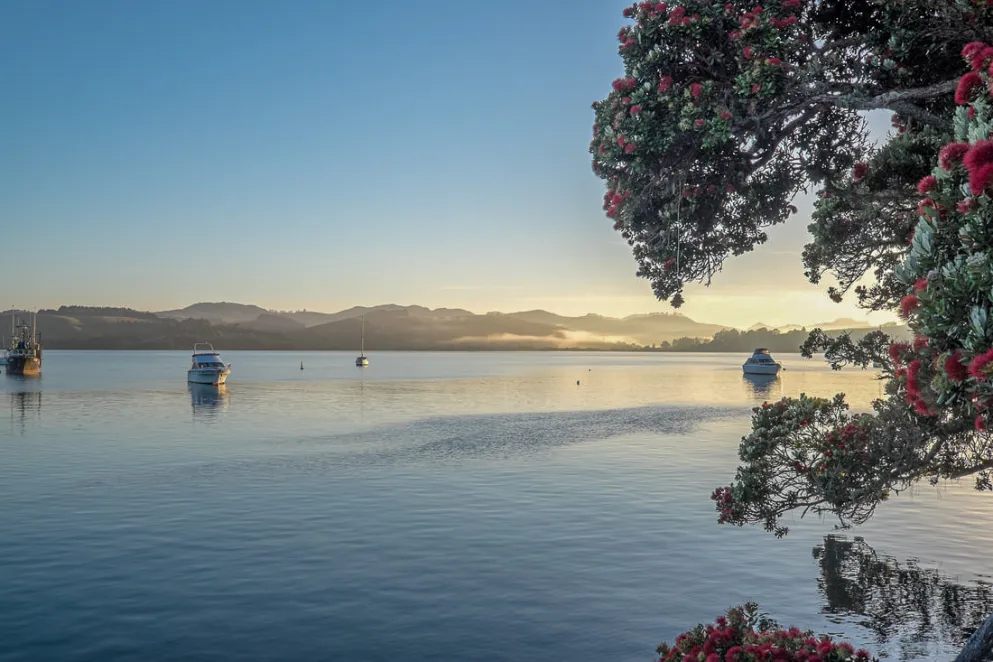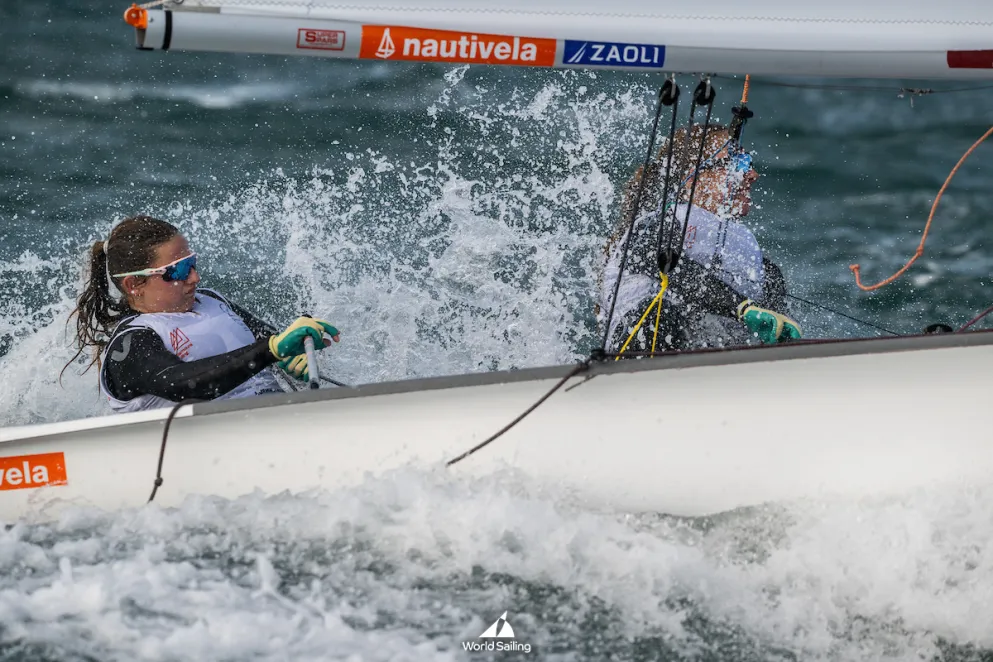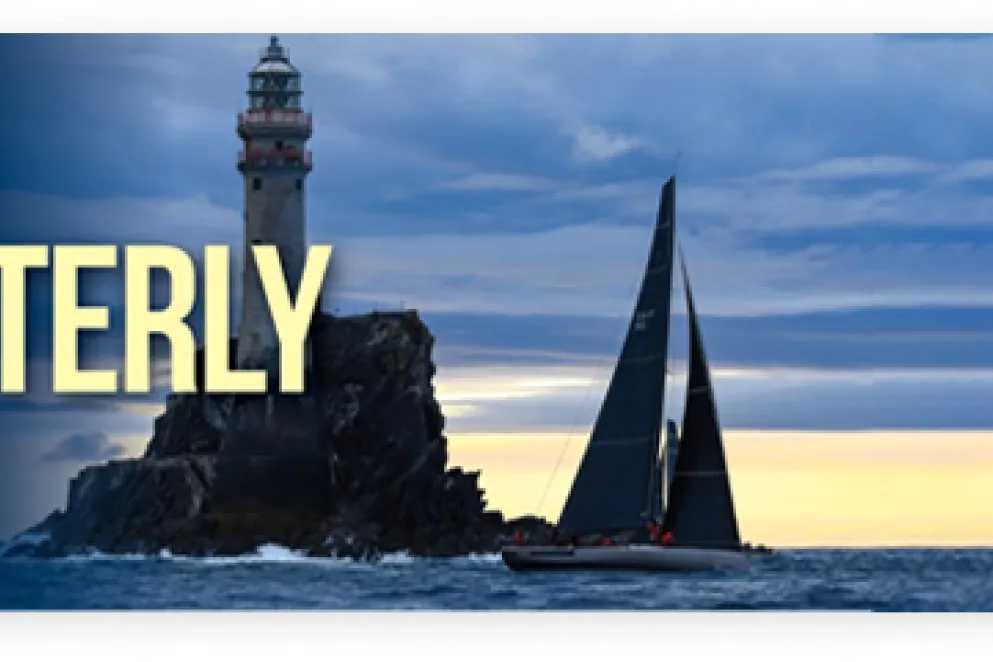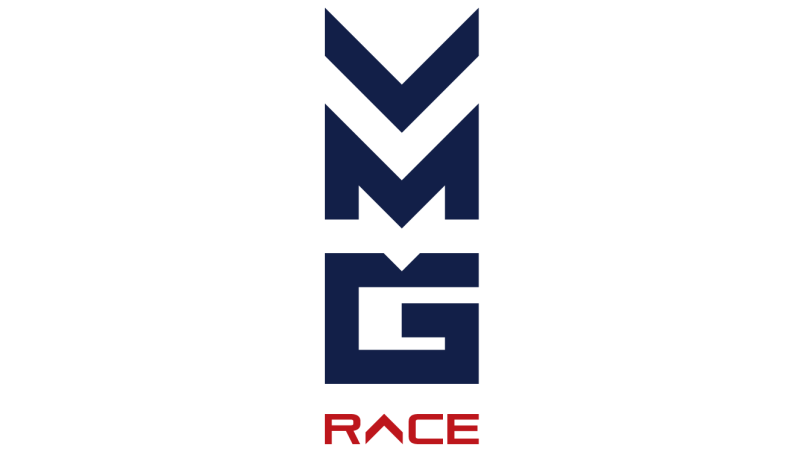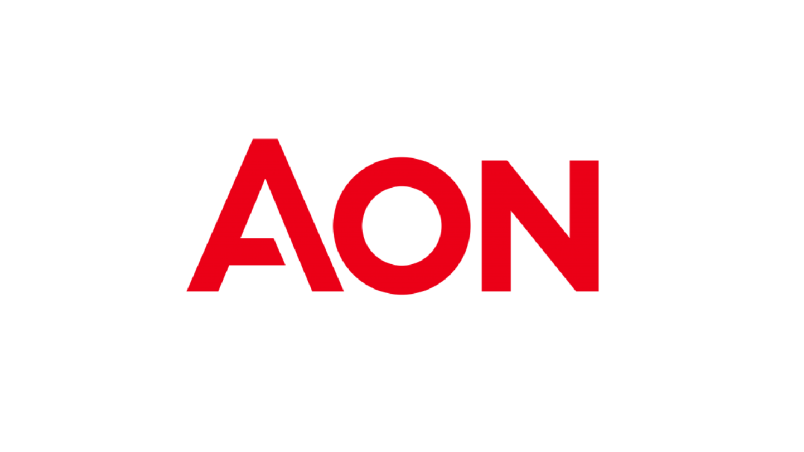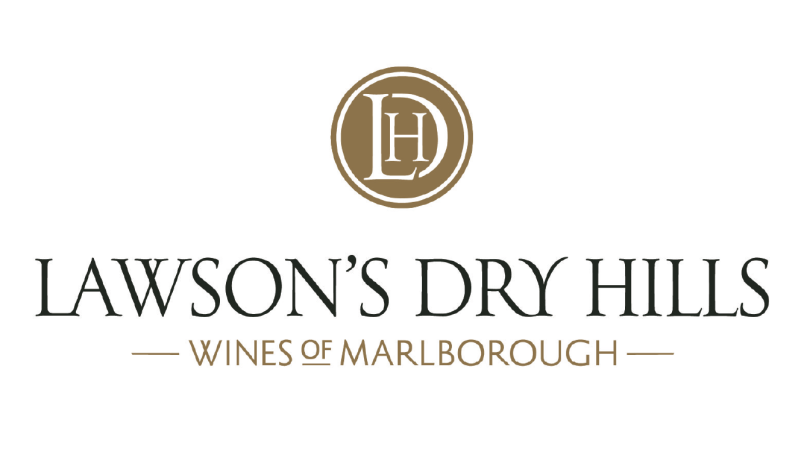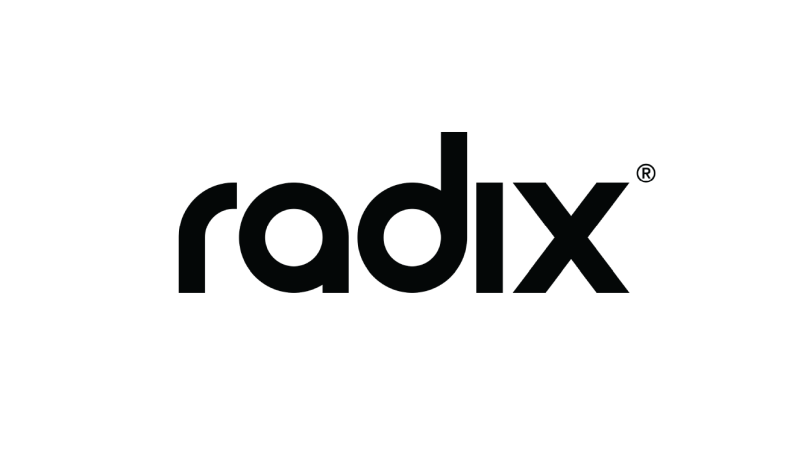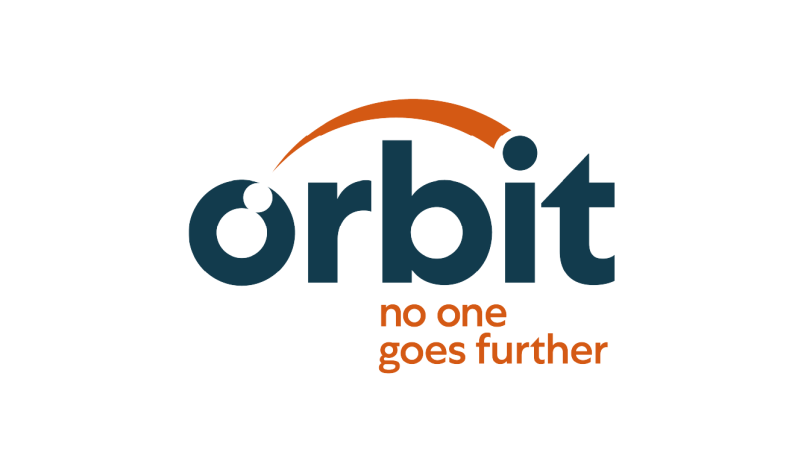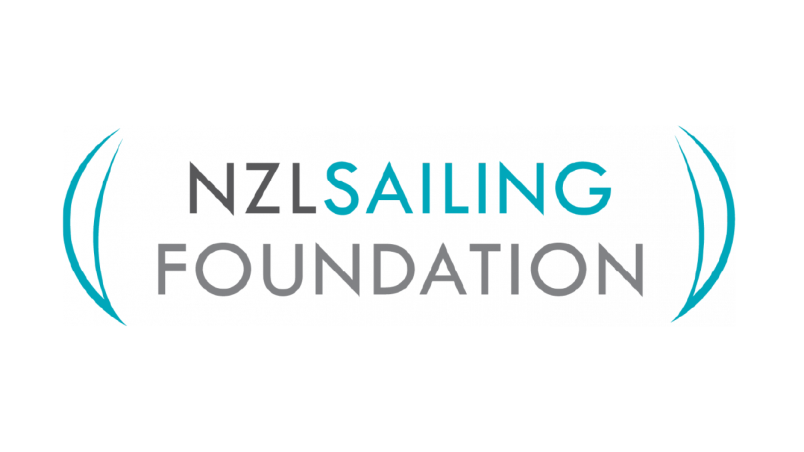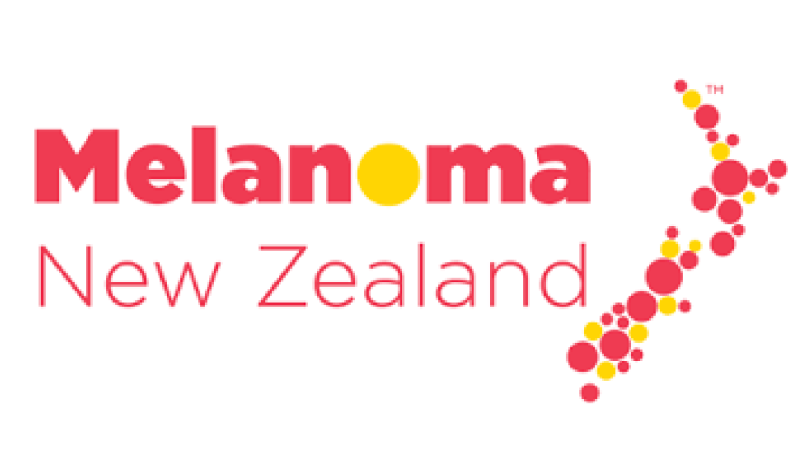Fewer marine pests found in Northland waters
Around 85 percent of boats, both local and visiting the region, are free of marine pests, according to early evidence reported by the teams surveying boats at anchor in Northland.
It confirms a steady increase in the number of vessels ensuring their boat’s hulls are clean and free of marine pests.
“It shows that most of our boatyards and haulouts not only in Northland but in regions where visiting vessels originate are doing a great job of cleaning,” said Kathryn Lister of the Northland Regional Council. “Boat owners are also to be credited and thanked for understanding the need to complete this maintenance before they arrive.”
This is in large part due to work done in the regions, including Auckland and Bay of Plenty in both education and surveillance. The Auckland Council ran a summer outreach programme in which ambassadors at marinas and busy boat ramps raised awareness with boaties and the public on marine biosecurity.
Rules were introduced to Northland in 2010 to help ensure marine pests could not be transferred to pristine places on moving vessels. Since then, the councils involved in the marine biosecurity partnership have worked hard to educate and inform boaties about marine pests, the harm they can do and the need to check and clean boats.
Many thousands of boats visit Northland each summer, many from Auckland. Some marine pests are prevalent in Auckland, but are not present in the majority of Northland’s harbours.
Boats entering Northland or moving between the regions different harbours can have no more than a slime layer and small patches of visible fouling, according to the region’s biofouling rules.
In a pivotal move for marine biosecurity in the Auckland Region, marine pests are now listed in Auckland’s Regional Pest Management Plan. This extends effective biosecurity protection from the land into the sea, providing vital protection to the Hauraki Gulf and its islands.
Auckland Council is introducing new rules from the Regional Pest Management Plan 2020-2030 (RPMP) that cover the entire Auckland region, and also regulations that affect those who live and visit the Hauraki Gulf and islands given effect by the Hauraki Gulf Controlled Area Notice.
Through a phase in process, Auckland Council will assist commercial operators, private users and landowners within the Hauraki Gulf in understanding and complying with the rules over the next few years.
Important points from the new RPMP are:
Auckland region-wide:
- Nine marine species listed as declared pests within the Auckland region.
- Craft including vessels can have no more than a slime layer and/or goose barnacles on the hull. Auckland Council continue to be focused on education in the first instance, to ensure that boat owners understand their new obligations and how to comply.
- Any craft entering any marine water body in the Auckland region from the land must be free of all ballast water, bilge water, holding tank water or sea water held in any other container.
Hauraki Gulf:
- An updated list of pests that cannot be moved within the Hauraki Gulf controlled area
- Any building being moved within the Hauraki Gulf controlled area needs to be inspected by Auckland Council prior to departure and 10 working days’ notice must be given to arrange inspection.
- All commercial transport operators in the Hauraki Gulf controlled area will require a pest-free warrant by 2024. To help businesses make this transition smoothly, this requirement will be phased in for different classes of operators over the next three years. If you have any questions about the new rules and how they affect your business please contact Auckland Council on pestfreewarrants@aucklandcouncil.govt.nz
Find out more about the Auckland Council’s approach to pest management and how you can help
